What's in Store - July 2022
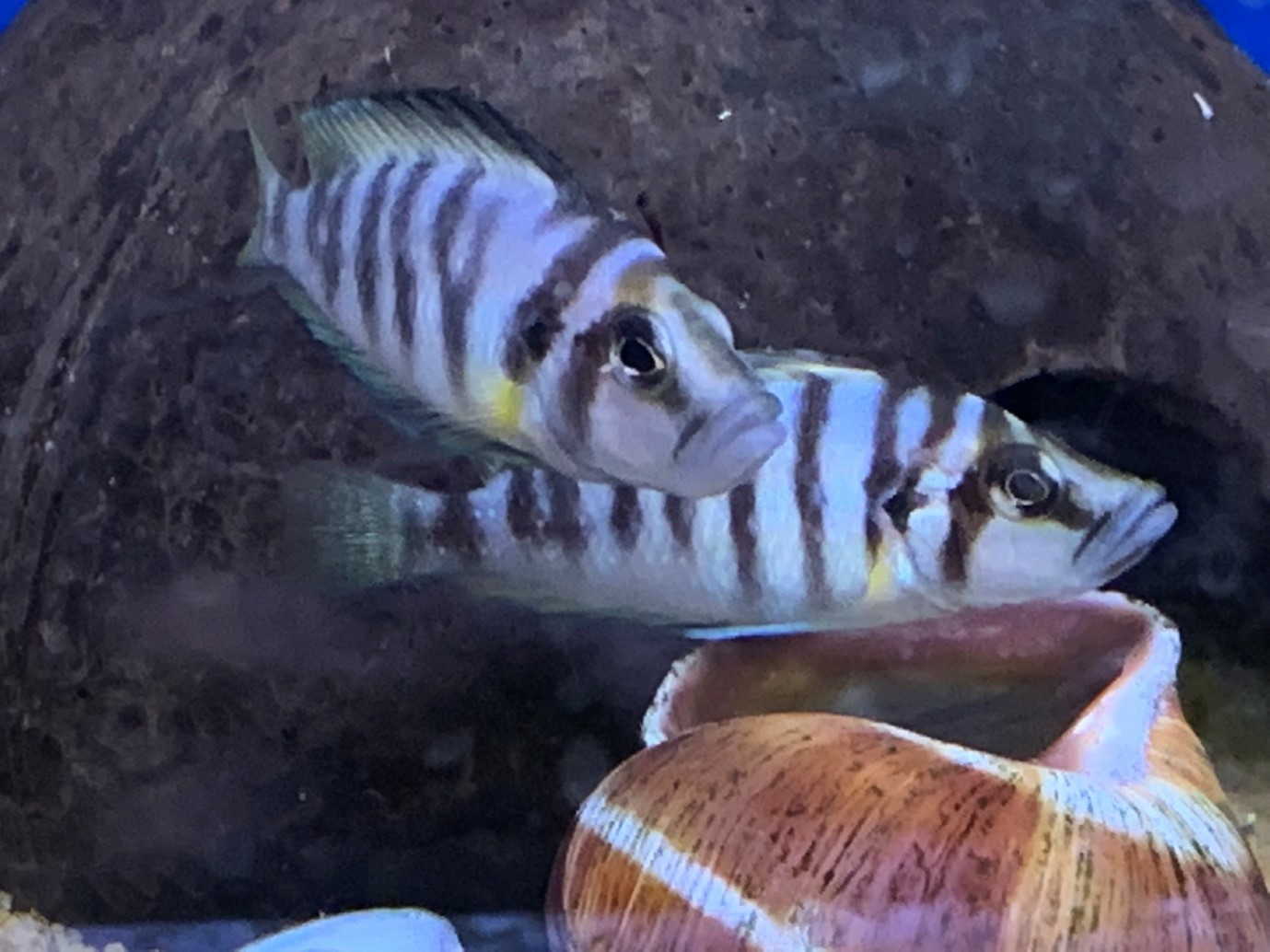
Lake Tanganyika is home to a fantastic array of cichlids, most of which are found nowhere else. These fascinating fishes have evolved many different forms, including the high-bodied Altolamprologus which can hunt small prey in tight crevices. To better exploit the opportunity presented by empty snail shells, which don’t dissolve in the lake’s mineral-rich water, Sumbu shell-dwellers (Altolamprologus sp. ‘Sumbu shell’) remain small and unlike other forms of A. compressiceps, permanently reside in shells. Their care is identical to their larger kin, with the obvious difference being the need to provide empty shells as shelter. This batch were looking good at our Weybridge store.
https://www.fishkeeper.co.uk/help-and-advice/freshwater/cichlids/compressiceps-cichlid

Ryukin goldfish come in a variety of colours and fin lengths, with the red and white form, like these fish at Woking, being particularly striking. Like all fancy goldfish, these are big, messy fish which need large aquaria with big filters. In the right conditions, they make very rewarding pets.
https://www.fishkeeper.co.uk/help-and-advice/freshwater/coldwater-aquarium-fish/ryukin
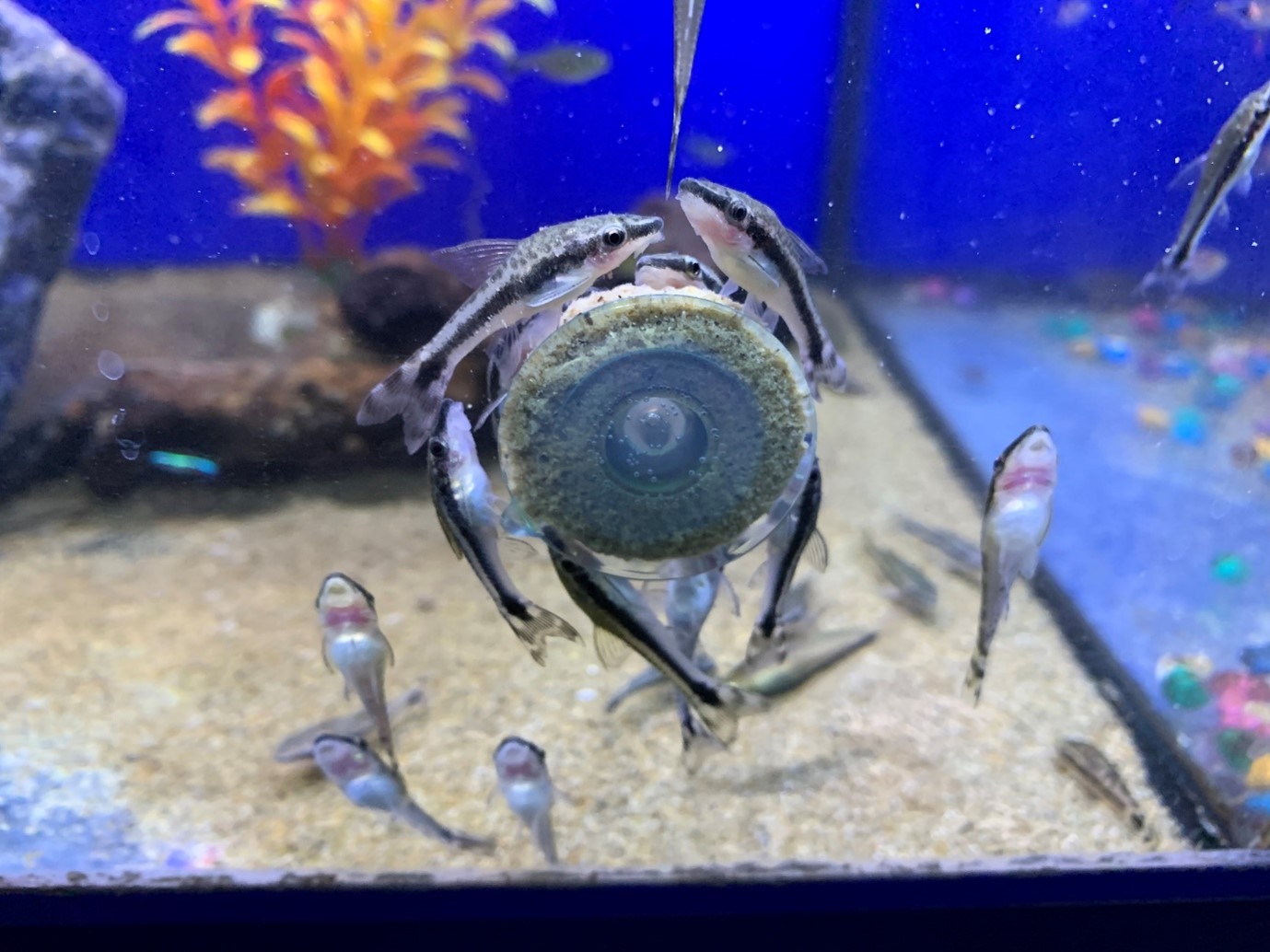
The perfect algae eater for planted set ups, ‘Otos’ (Otocinclus sp.) are shoaling catfish that love to graze algae from plants and hard surfaces. This batch at our Cirencester store were enjoying an algae-based meal designed for grazers.
https://www.fishkeeper.co.uk/help-and-advice/freshwater/catfish/dwarf-suckermouth-catfish-
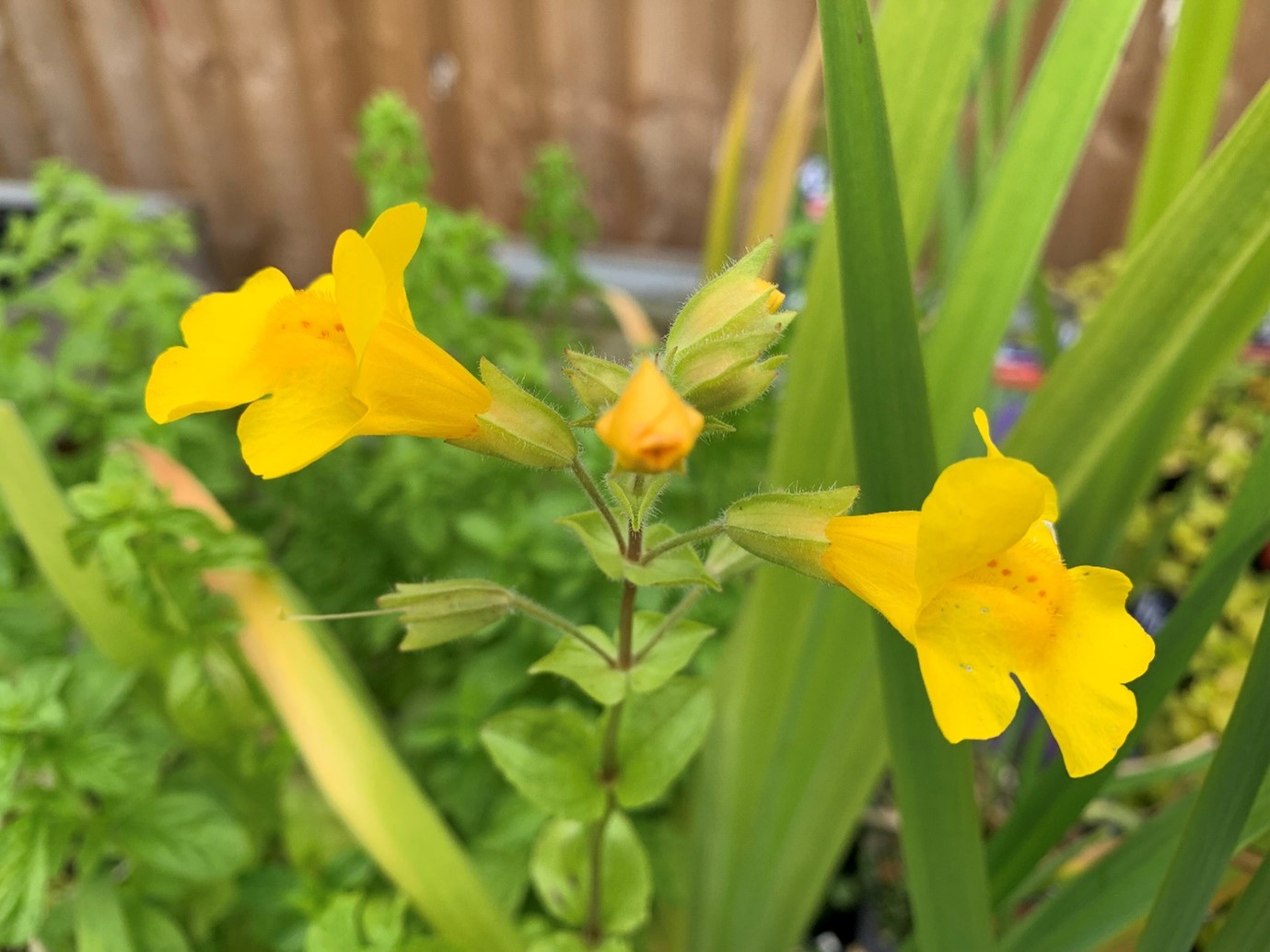
With flowers shaped to suit bumblebees, Yellow monkey flower (Mimulus guttatus) is a welcome addition to any water garden where wildlife is a consideration. A plant that scrambles and self-seeds in suitable conditions, the joyous informality of this plant makes it a great choice for relaxed planting styles. You’ll find this splash of yellow in most of our pond sections right now and the bees will thank you for adding it to your pond margins.
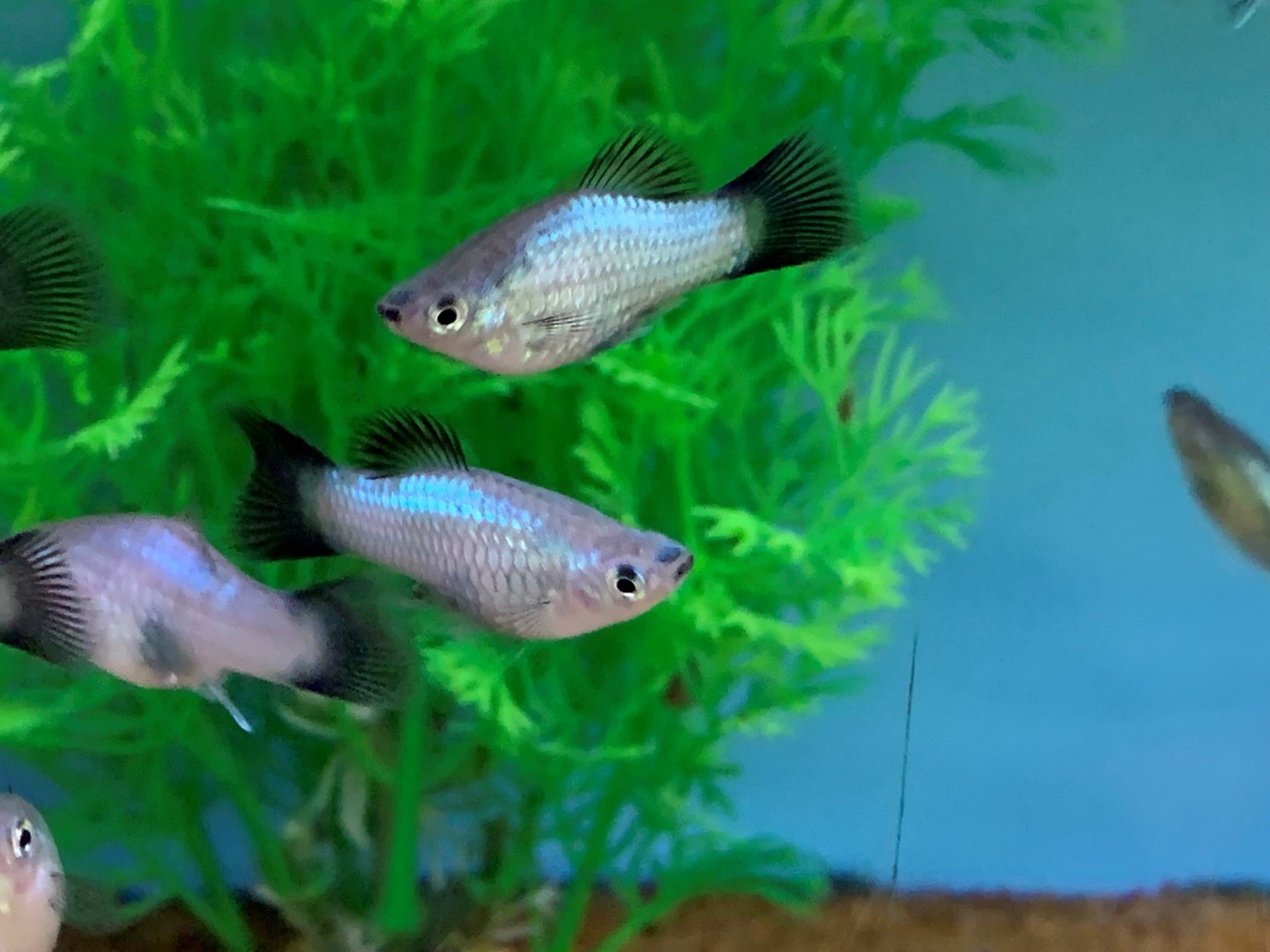
With a long history as aquarium favourites, Platies (Xiphophorus hybrids) are a great choice for the community aquarium and come in an extraordinary range of colour forms. These Blue wagtails were looking good at our Basingstoke store. As livebearers, their prolific breeding is a great way to experience one of the most enjoyable aspects of fishkeeping and keeping them at lower temperatures (20 – 22c) helps to slow down their breeding cycle.
https://www.fishkeeper.co.uk/help-and-advice/freshwater/livebearers/platy-
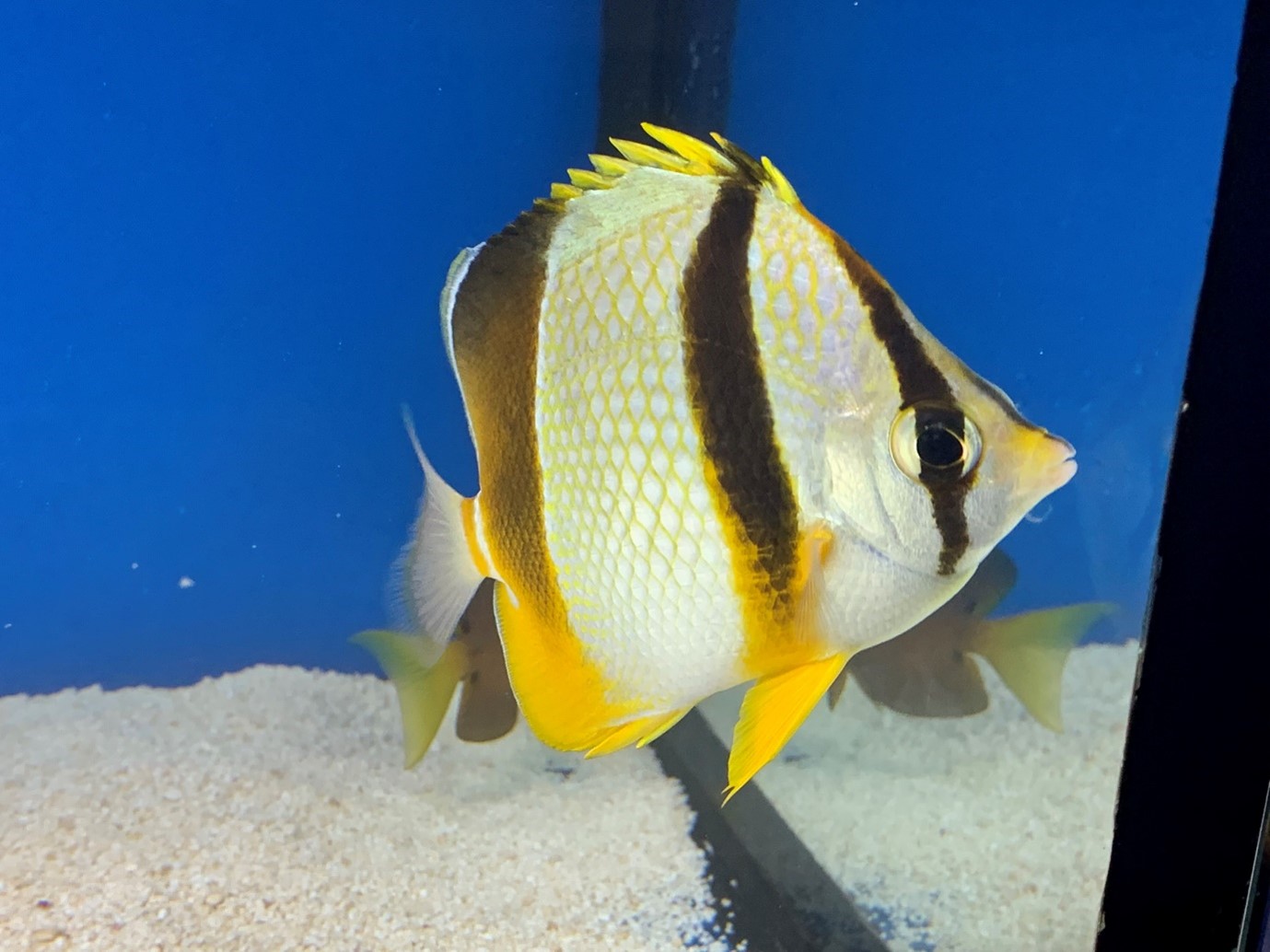
An unusual sight in home aquaria thanks to its restricted home range, the Three-banded butterflyfish (Chaetodon robustus) makes a sturdy aquarium resident with looks reminiscent of the more delicate Copperband (Chelmon rostratus). Like many generalised feeders, they may find corals a temptation but will thrive in fish-only systems when offered a wide range of foods based on a quality dried diet. This chunky specimen was a highlight of a visit to our Reefkeeper Rugby store.
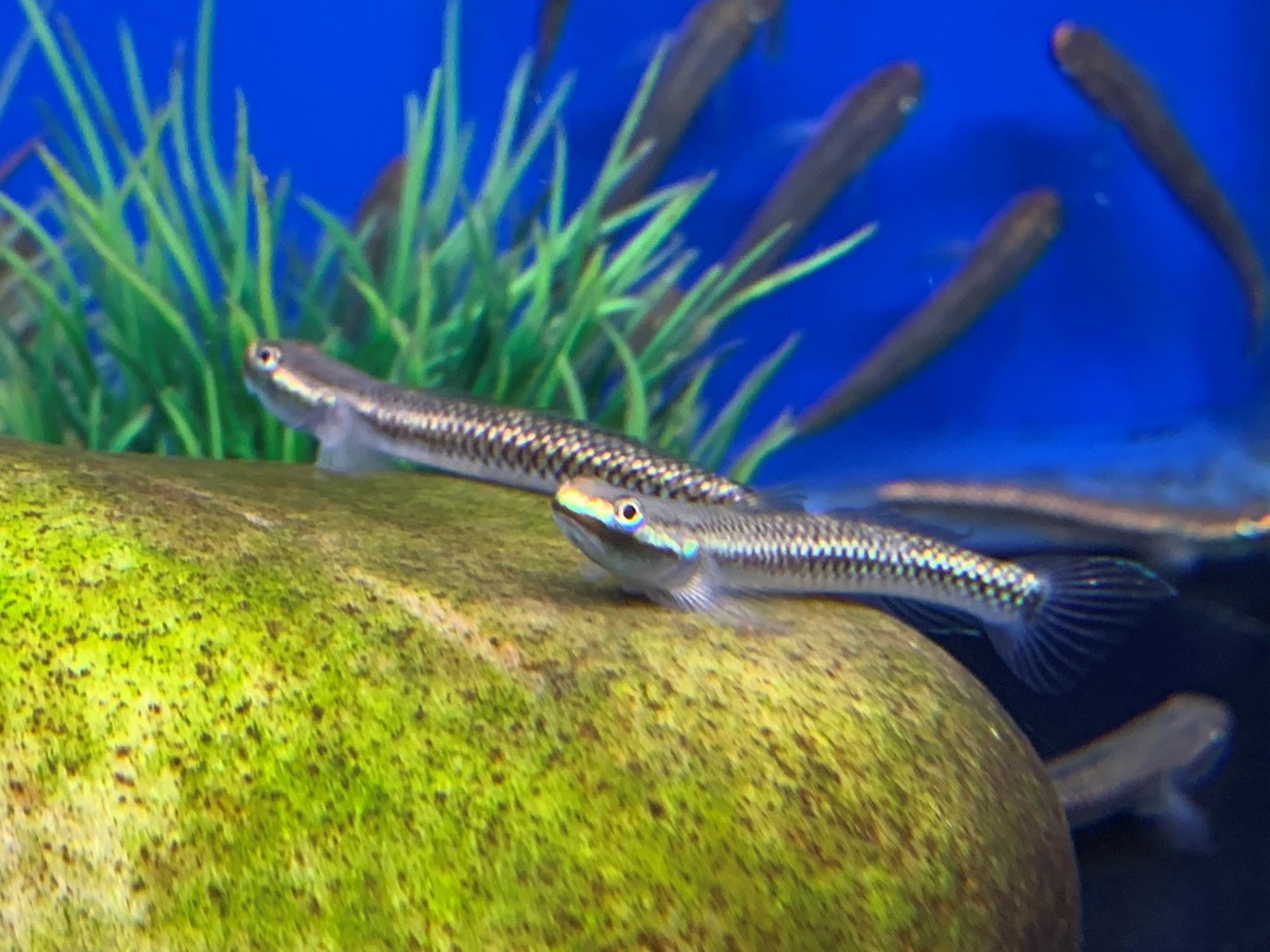
A taste for algae and plenty of character make the freshwater gobies of the genus Stiphodon popular pets. Native to fast-moving streams, they are happiest when given high-oxygen environments with brisk water movement. These Cobalt blue gobies (Stiphodon semoni) can be hard to identify and some batches may be S. atropurpureus or S. elegans. Fortunately, care requirements are identical and this batch at Reefkeeper Moss End aren’t too fussed about what you call them!
https://www.fishkeeper.co.uk/help-and-advice/freshwater/miscellaneous/cobalt-blue-goby


